News 3/12/13
HHS announces its 2013 HIT implementation goals, which includes having 50 percent of physician offices online with EHRs by the end of 2013.
Satisfaction and usability ratings for certified EHRs fell 12 percent from 2010 to 2012, according to an American College of Physicians survey. The percentage of clinicians who would not recommend their EHR to a colleague increased from 24 to 39 percent, while the percentage of clinicians “very satisfied” with the ability of their EHR to improve care fell six percent.
HIMSS names eClinicalworks customer Unity Health Care (DC) a winner of the 2012 HIMSS Community Health Organization Davies Award based on excellence in implementing EHRs. eClinicalWorks also announced that Coastal Medical (RI) is adding eCW’s Care Coordination Medical Record to advance its ACO-related objectives.
EMR vendor CureMD acquires Practice Services, a New York-based medical billing services company.
Athenahealth proposes an HIT Code of Conduct that calls EHR vendors to adhere to five principles related to data portability, patient safety, provider freedom of choice, and MU:
- Empower data portability and provider choice
- Build a true nationwide information backbone
- Protect patients
- Prevent fraud
- Drive Meaningful Use
Athenahealth also announces that Cerner has certified the athenaNet suite for interoperability with the Cerner network.
e-MDs launches a cloud-based EHR/PM solution and introduces Solution Series 7.2.2, an updated version of its client-server suite of EHR/PM products.
The NCQA awards SuccessEHS client Scenic Bluffs Community Health Centers (WI) the highest level of recognition from its PCMH program and recognizes four Scenic Bluff providers with NCQA 2011 PCMH Level 3 recognition.
The average physician could lose $43,743 over five years with EHR adoption, according to a study published in Health Affairs. Of 49 community practices surveyed, 27 percent could have positive ROI. Practices using their EHRs to increase revenue by seeing more patients or by improving billing processes were more likely to realize a positive return; practices continuing to keep paper records were less likely to realize savings.
Vitera Healthcare releases a hosted version of its Medical Manager practice management platform.
Only one-third of physicians believe their patients should have full access to their full health record, though 82 percent want patients to actively participate in their own healthcare by updating their EHRs, according to an Accenture survey. More than half of the surveyed doctors believe the introduction of EHRs has has improved the quality of patient care.
NexGen unveils NextGen Population Health to assist providers in meeting PCMH and ACO goals.



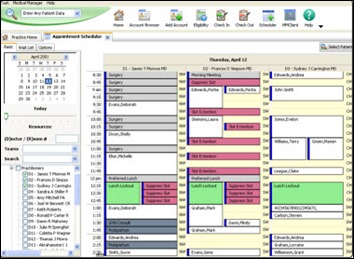
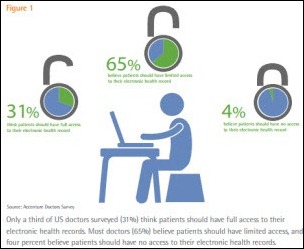
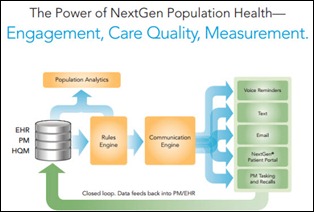


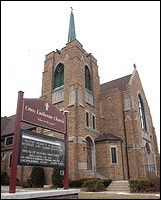
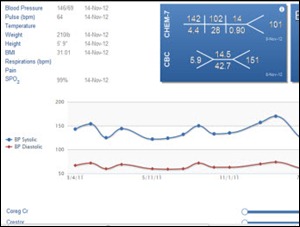


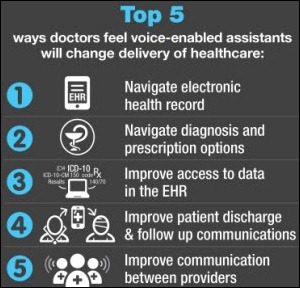
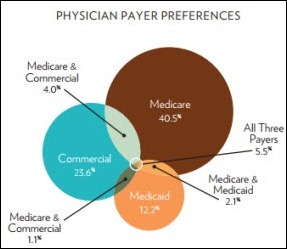
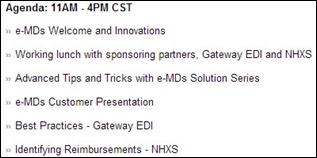

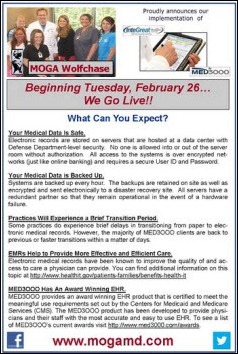
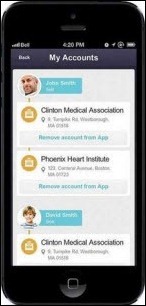
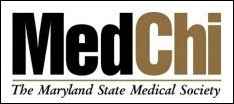
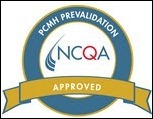

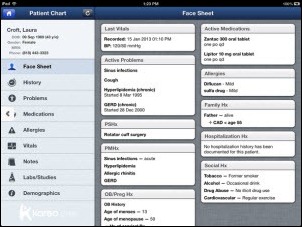
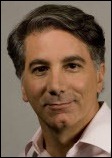

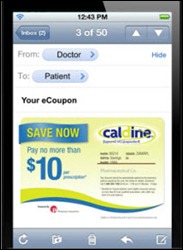
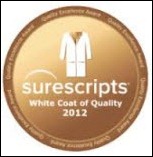
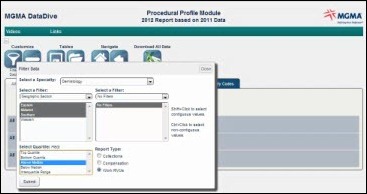

The article about Pediatric Associates in CA has a nugget with a potentially outsized impact: the implication that VFC vaccines…